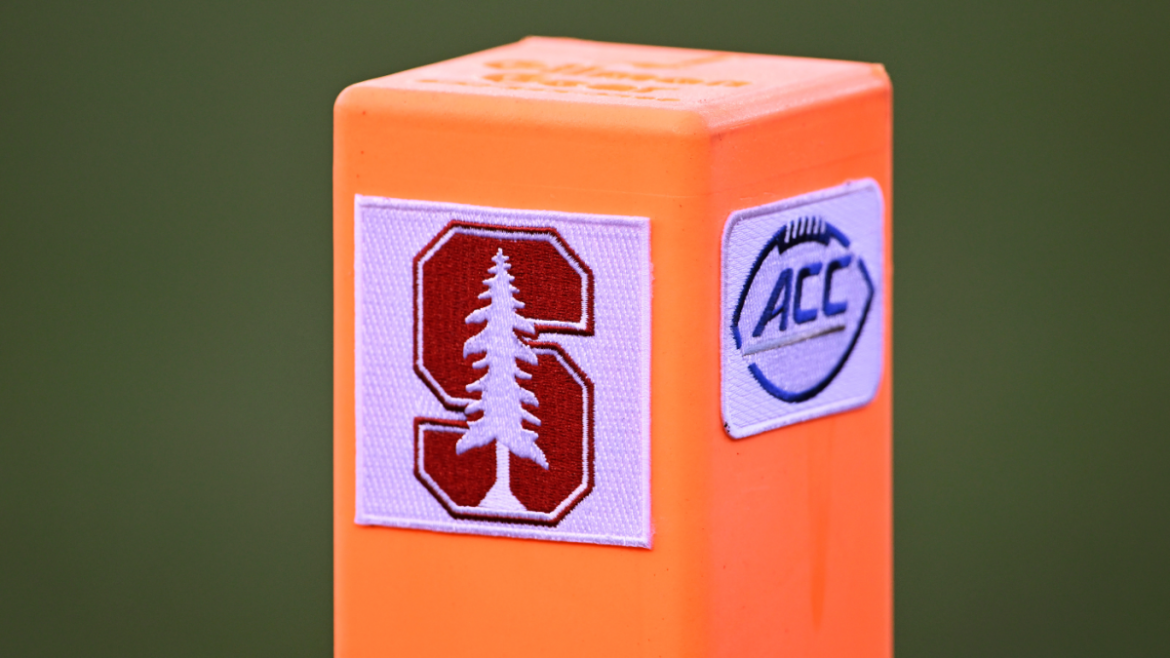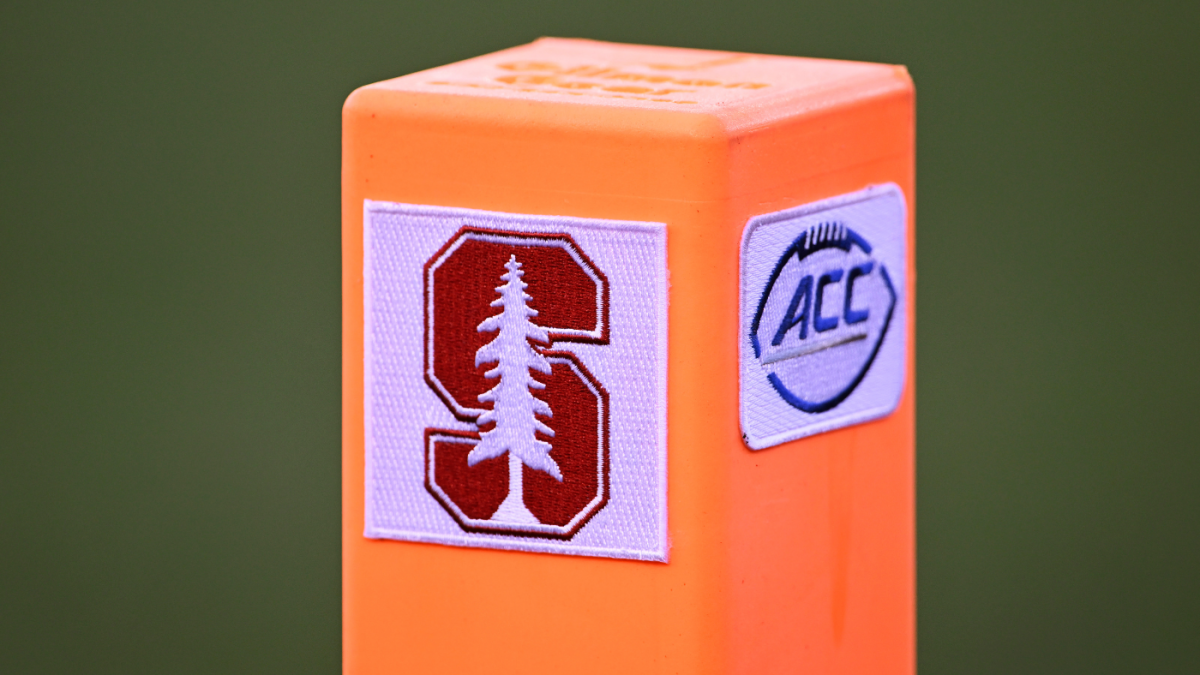A New Era for Stanford Athletics: Analyzing the Appointment of John Donahoe
Introduction: A Bold Move in Collegiate Sports
Stanford University’s decision to appoint John Donahoe, former CEO of Nike, as its new Athletic Director has sparked significant attention and debate within the collegiate sports community. This unconventional choice, prioritizing business acumen over traditional athletic administration experience, reflects a strategic shift in how universities approach the management of their athletic programs. Donahoe, a Stanford MBA graduate, brings a unique blend of corporate leadership experience from Nike, eBay, and Bain & Company, positioning him as a “unicorn candidate” in the eyes of the university. This analysis explores the rationale behind Stanford’s decision, the potential benefits and challenges of Donahoe’s appointment, and the broader implications for the future of collegiate athletics.
Why Donahoe? A Departure from Tradition
The Evolution of Collegiate Sports Leadership
Historically, Athletic Director positions have been filled by individuals with deep roots in collegiate sports, often former coaches, athletes, or administrators. Stanford’s selection of Donahoe, a figure with a primarily corporate background, marks a significant departure from this tradition. This shift is driven by the evolving landscape of college sports, which has become increasingly commercialized and complex.
The Business of College Sports
The modern collegiate sports industry is characterized by multi-billion-dollar media rights deals, escalating coaching salaries, and the rise of Name, Image, and Likeness (NIL) opportunities for student-athletes. Navigating this environment requires sophisticated business acumen, strategic planning, and strong leadership—qualities that Donahoe possesses in abundance.
Donahoe’s Corporate Experience
Donahoe’s tenure at Nike, a global leader in sports apparel and marketing, provides him with invaluable insights into branding, marketing, and revenue generation. His experience at eBay, a pioneering e-commerce platform, demonstrates his expertise in technology, innovation, and consumer engagement. Additionally, his background at Bain & Company, a renowned management consulting firm, equips him with a strategic mindset and the ability to analyze complex issues, identify opportunities, and implement effective solutions.
The Alumnus Advantage
Beyond his business credentials, Donahoe’s connection to Stanford as an alumnus is a significant asset. His familiarity with the university’s culture, values, and academic mission will likely facilitate a smoother transition and enable him to effectively represent Stanford’s interests.
Potential Benefits: A Vision for Innovation and Growth
Enhanced Revenue Generation
Donahoe’s experience in the corporate world can be leveraged to enhance revenue streams for Stanford Athletics. This could involve negotiating more lucrative media rights deals, attracting new corporate sponsorships, and developing innovative marketing strategies to increase ticket sales and merchandise revenue.
Strategic Brand Management
In an era where brand reputation is paramount, Donahoe’s expertise in brand management can help Stanford Athletics strengthen its brand identity and enhance its appeal to recruits, fans, and donors. This could involve developing compelling narratives, leveraging social media platforms, and creating engaging content to showcase Stanford’s athletic achievements and academic excellence.
Technological Innovation
Donahoe’s background in the tech industry can help Stanford Athletics embrace technological innovation to improve the fan experience, enhance athletic performance, and streamline administrative operations. This could involve implementing advanced data analytics tools to optimize training regimens, developing mobile apps to enhance fan engagement, and utilizing cloud-based platforms to improve communication and collaboration.
Improved Student-Athlete Welfare
While Donahoe’s background is primarily in business, his leadership experience also extends to fostering positive organizational cultures and prioritizing employee well-being. This could translate to a greater emphasis on student-athlete mental health, academic support, and career development programs.
Modernized NIL Strategy
The emergence of NIL has created complexities and opportunities for student-athletes. Donahoe’s business background can help Stanford develop a comprehensive and ethical NIL strategy that benefits student-athletes while aligning with the university’s values.
Potential Challenges: Navigating the Collegiate Landscape
Lack of Collegiate Sports Experience
Donahoe’s lack of experience in collegiate sports administration is perhaps the most significant challenge. He will need to quickly familiarize himself with the NCAA’s rules and regulations, the complexities of recruiting and compliance, and the unique challenges facing student-athletes.
Cultural Differences
The corporate world and the collegiate sports world have distinct cultures, values, and priorities. Donahoe will need to adapt his leadership style to effectively navigate the collegiate environment and build relationships with coaches, administrators, and student-athletes.
Balancing Athletics and Academics
Stanford is renowned for its academic excellence, and it is crucial that the Athletic Director maintain a strong commitment to the university’s academic mission. Donahoe will need to strike a balance between supporting athletic success and ensuring that student-athletes excel in the classroom.
Stakeholder Management
As Athletic Director, Donahoe will need to manage a diverse group of stakeholders, including coaches, athletes, administrators, faculty, alumni, and donors. Building trust and fostering open communication with these stakeholders will be essential for his success.
Ethical Considerations
The increasing commercialization of college sports has raised ethical concerns about the exploitation of student-athletes and the potential for corruption. Donahoe will need to uphold the highest ethical standards and ensure that Stanford Athletics operates with integrity and transparency.
Implications for the Future of Collegiate Athletics
A New Era of Leadership
Stanford’s decision to hire John Donahoe as its Athletic Director could have far-reaching implications for the future of collegiate athletics. It signals a growing recognition of the importance of business acumen and innovative leadership in managing the complexities of modern college sports. If Donahoe proves successful in his role, other universities may be more inclined to consider candidates from outside the traditional athletic administration pipeline. This could lead to a new era of leadership in college sports, characterized by a greater emphasis on strategic planning, revenue generation, and technological innovation.
Professionalization of College Sports
Donahoe’s appointment could accelerate the professionalization of college athletics, blurring the lines between amateurism and professionalism. As college sports become increasingly commercialized, student-athletes may demand greater compensation and benefits, and the NCAA may be forced to further relax its rules regarding NIL and other forms of compensation.
Redefining Athletic Director Qualifications
The success of Donahoe’s tenure will depend on his ability to effectively leverage his business expertise while also embracing the unique values and traditions of collegiate athletics. If he succeeds, it could redefine the qualifications and expectations for athletic directors across the nation, ushering in a new era of professionalized and commercially driven collegiate sports.
Conclusion: A Defining Moment
The appointment of John Donahoe as Stanford’s Athletic Director marks a pivotal moment for the university and for the broader landscape of collegiate athletics. It’s a bold bet on a new kind of leadership, one that prioritizes business savvy, strategic thinking, and innovative vision. Whether this gamble pays off remains to be seen, but one thing is certain: the college sports world will be watching closely as Donahoe embarks on this new chapter. His success could very well redefine the qualifications and expectations for athletic directors across the nation, ushering in a new era of professionalized and commercially driven collegiate sports.





